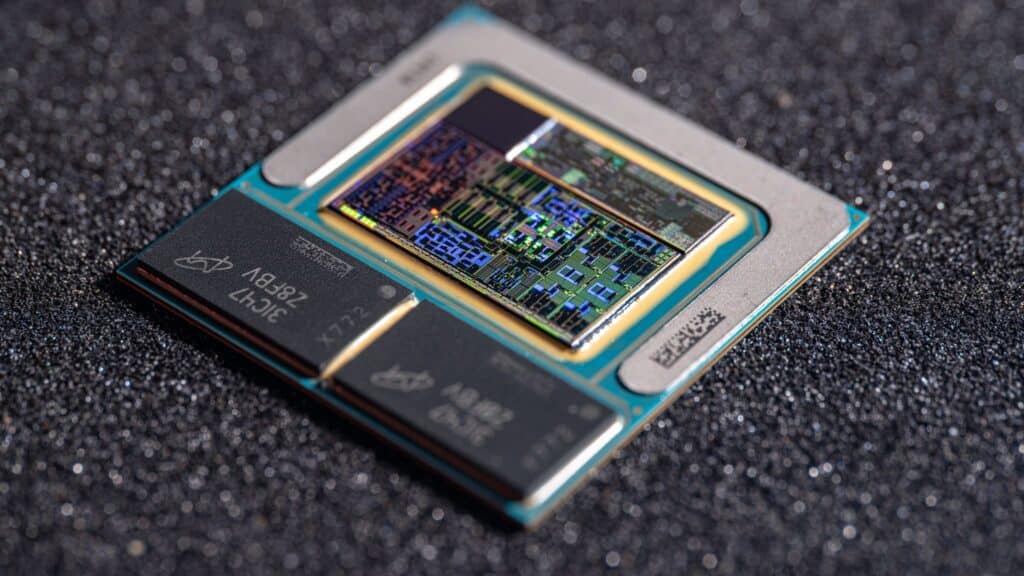The company is betting on a new class of enthusiast SoCs with powerful integrated graphics and modular architecture designed for high-performance workstations and laptops.
Intel is developing a new line of processors called Nova Lake-AX, aimed at directly competing with AMD’s powerful Halo APUs and responding to Apple’s advances with their M4 SoCs. According to reliable leaks, these chips will focus on an enthusiast audience, emphasizing workstations, high-performance laptops, and possibly desktop systems oriented toward artificial intelligence and gaming.
The Nova Lake architecture, expected to debut in 2026, will feature a design with up to 52 cores, combining 16 high-performance (P-Cores) based on the Coyote Cove architecture, 32 high-efficiency (E-Cores) with Arctic Wolf, and 4 ultra-low power cores (LP-E) for background tasks.
The Nova Lake-AX model promises to take these components further, potentially integrating additional cache (similar to Adamantine) in a separate chiplet to enhance graphics performance. The integrated GPU (iGPU) is expected to be based on the new Xe3 “Celestial” architecture, surpassing 12 Xe3 graphics cores and potentially reaching 20 or even 24 cores, as a direct response to AMD’s RDNA 3.5 GPUs in the Strix Halo chips.
Intel will leverage its Foveros packaging technology, allowing multiple chiplets to be integrated within a single package, optimizing space, thermal performance, and scalability. This technique has already been used in “X3D” experiments within the Nova Lake family to achieve higher cache density and modularity.
While the exact configuration of Nova Lake-AX hasn’t been confirmed, leaks suggest an ambitious approach that could position Intel on par with—or even ahead of—AMD and Apple in high-performance chips with advanced integrated graphics.
All signs point to Nova Lake-AX first launching in enthusiast laptops and mobile AI platforms, where higher TDPs are tolerated for extreme performance. However, a desktop version isn’t ruled out, especially in workstations and AI environments where computational power and energy efficiency are crucial.
In any case, the TDP of these chips could be substantial, and their adoption will depend on the cooling ecosystem and thermal management solutions provided by hardware manufacturers.
Although the standard Nova Lake architecture is expected to hit the market in 2026 with series S, HX, H, and U, the AX variant might be delayed until 2027, by which time AMD plans to refresh its Halo line with Zen 6 cores and integrated RDNA 4 or UDNA GPUs.
Intel hasn’t made official statements, but signals suggest it’s preparing a strong response to maintain its competitive position in a market where integrated graphics performance and energy efficiency will become increasingly important.
The shift toward modular SoCs and high-performance integrated graphics is accelerating. While AMD and Apple are setting the pace, Intel is reshaping itself with technologies like Foveros, Xe3, and massive hybrid configurations. If Nova Lake-AX fulfills its promise, we could be witnessing a new turning point in chip architecture for AI, gaming, and high-level computing.

